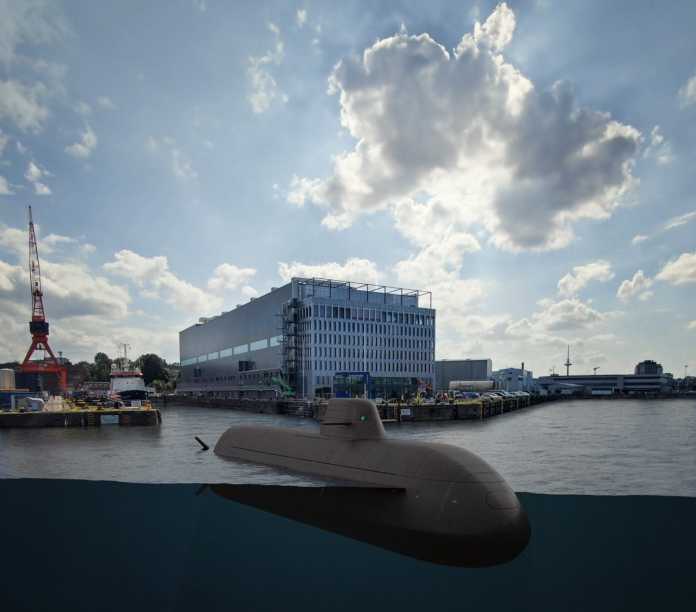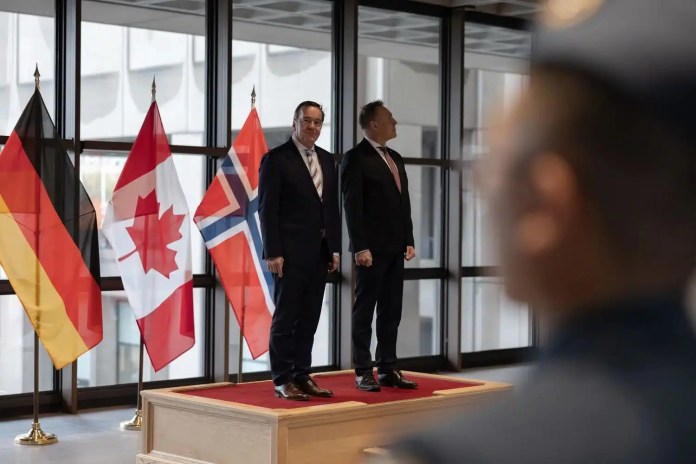This week, the defense ministers of Germany and Norway visited their Canadian counterpart to promote the new Type 212CD submarine developed by ThyssenKrupp Marine Systems (TKMS) as the replacement for the Royal Canadian Navy’s Victoria-class submarines. The talks also included meetings with members of the Canadian Parliament. According to local reports, the selection process to determine the manufacturer of twelve new submarines currently has only two competitors: the German company TKMS and South Korea’s Hanwha, whose proposal also includes additional industrial offsets that are of great interest to Ottawa.
In direct relation to this, German Defense Minister Boris Pistorius stated during a press conference that negotiations are underway on a proposal that would allow Canada to receive similar offset mechanisms to sweeten the offer. In particular, Berlin is reportedly considering the acquisition of a combat management system produced in Canada to equip its own navy’s vessels—the leading candidate being Lockheed Martin Canada’s CMS 330 system.

Additionally, Minister Pistorius revealed that TKMS itself has made offers to involve Canadian industry in the construction process of the submarines in question, or alternatively, within the supply chain providing the components for these vessels. Addressing questions regarding Hanwha’s claims of being able to deliver in the short term, the German minister stated that the company is on track to increase its production rate, aiming to build between three and four submarines per year starting in 2027.
Highlighting the strengths of the Type 212CD, Pistorius asserted: “The Koreans build excellent submarines, but we build better ones… The Koreans cannot offer this” (editor’s note: referring to the advanced stealth capabilities of the German-Norwegian candidate).
“In addition, it uses a propulsion system that allows it to remain submerged for long periods—longer than the food lasts. These submarines also incorporate cutting-edge technology to counter other submarines.”

From the Norwegian side, a similar approach was taken to make the Type 212CD proposal more attractive to the Royal Canadian Navy. In that regard, Defense Minister Tore Sandvik indicated that, as part of a potential offset agreement, Oslo could move forward with the acquisition of various artificial intelligence solutions currently being developed in Canada. He further suggested that Ottawa could even be granted access to the maintenance facility blueprints for the future submarines being built in Bergen, which would allow for significant cost savings.
Images used for illustrative purposes.
You may also be interested in: Canada considers drastically reducing its order for 88 F-35A fighters from the U.S. while evaluating the Saab Gripen E/F as an alternative
